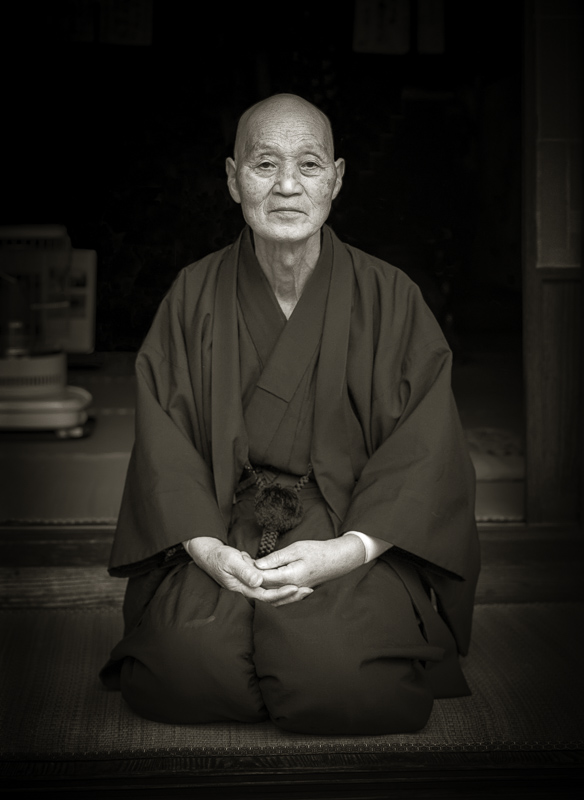Every Picture Is a Compromise
Lessons from the Also-rans
Most photography websites show the photographer's very best work. Wonderful. But that's not the full story of a creative life. If we want to learn, we'd better pay attention to the images that aren't "greatest hits" and see what lessons they have to offer. Every picture is a compromise — the sum of its parts, optical, technical, visual, emotional, and even cosmic – well, maybe not cosmic, but sometimes spiritual. Success on all fronts is rare. It's ok to learn from those that are not our best.
This is a series about my also-rans, some of which I've been able to improve at bit (i.e., "best effort"), none of which I would consider my best. With each there are lessons worth sharing, so I will.

Previous image | Next image |
Original digital capture

The Miracles of Technology Week
Micro-Cloning and Repair
I've said for years that this is the best time in the history of photography to be a photographer. This week, I'll share an additional five "failures" that were rescued/improved by the miracles of software.
What I saw that I liked:
This is from my second trip to Japan in 1990. This priest invited me to tea and I asked if I could make his portrait.
What I don't like in the picture:
He folded his hands and I had no time to fuss with the composition — especially because I was using a monorail view camera. Getting focus is not a quick operation with these cameras.
What I learned:
The two dots of light in the background that touch his skull made this image unusable. That is, until Photoshop retouching allowed me to work on the pixel by pixel level to clean up the background. Cloning quickly became my first digital workflow love. |
|


